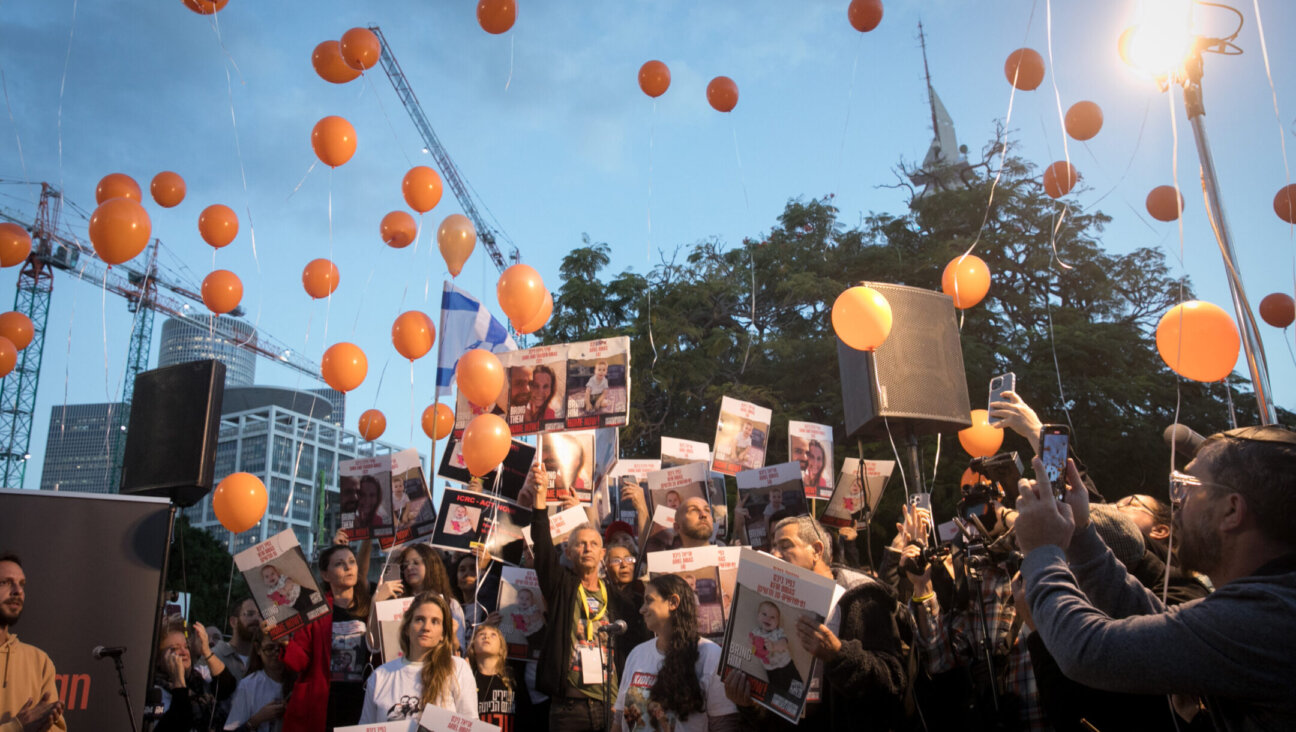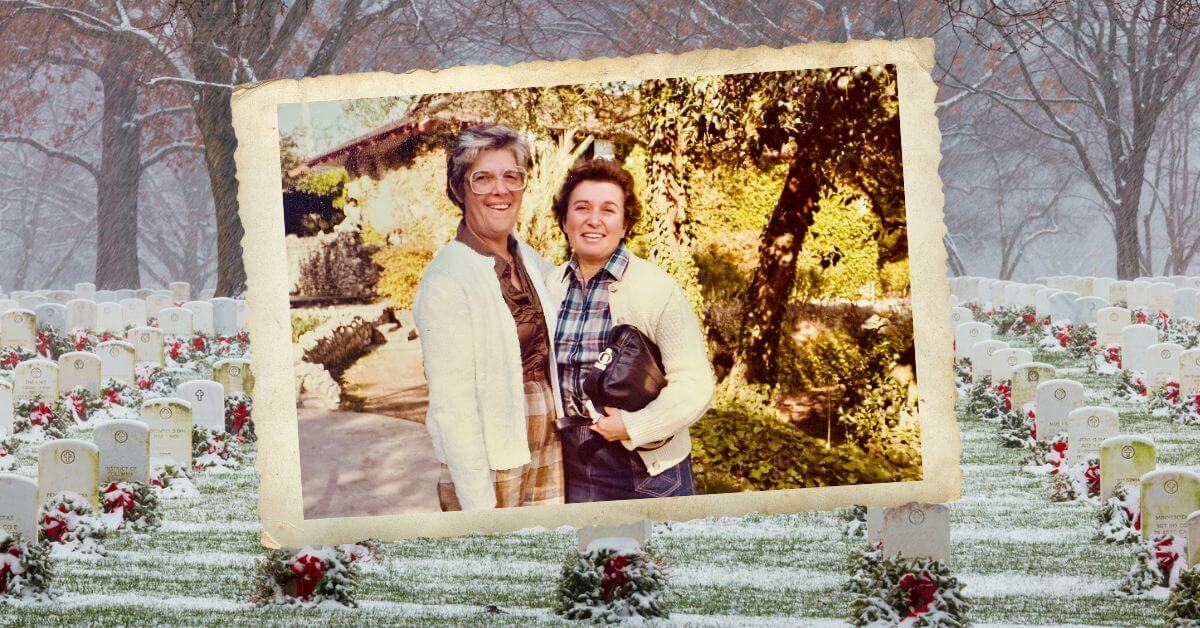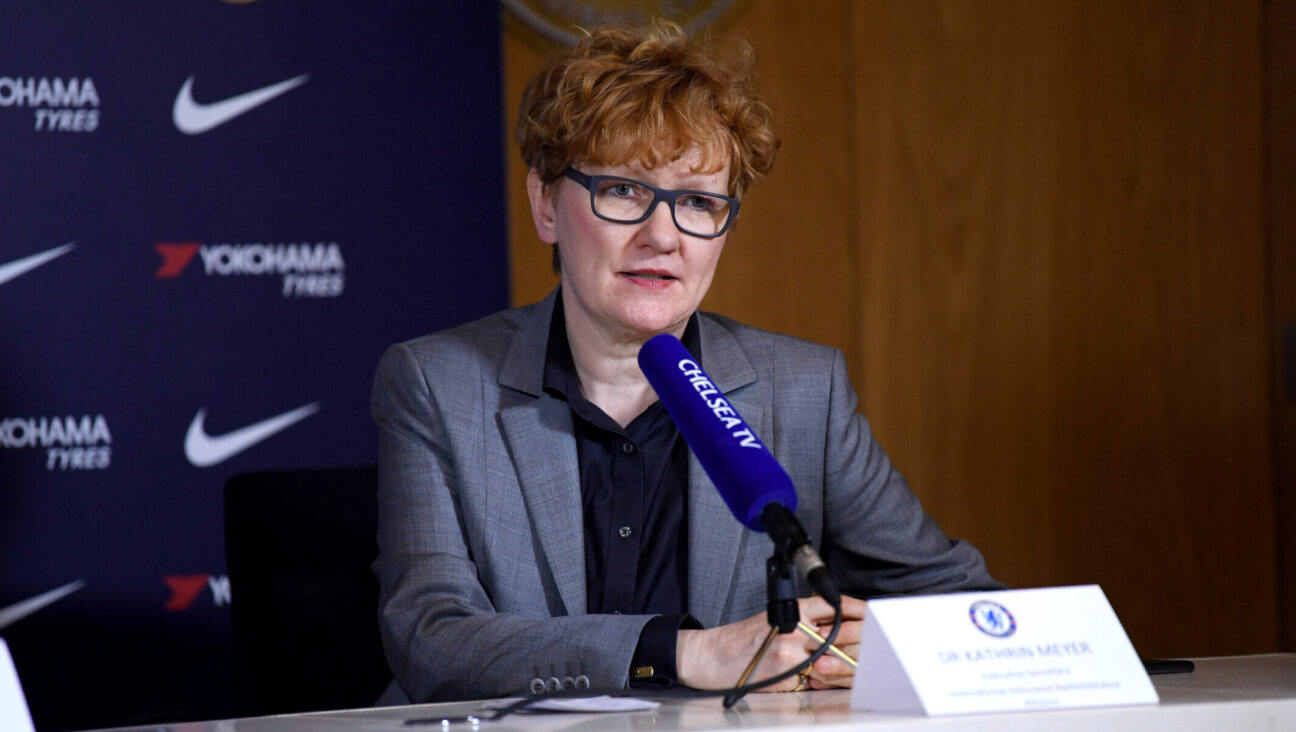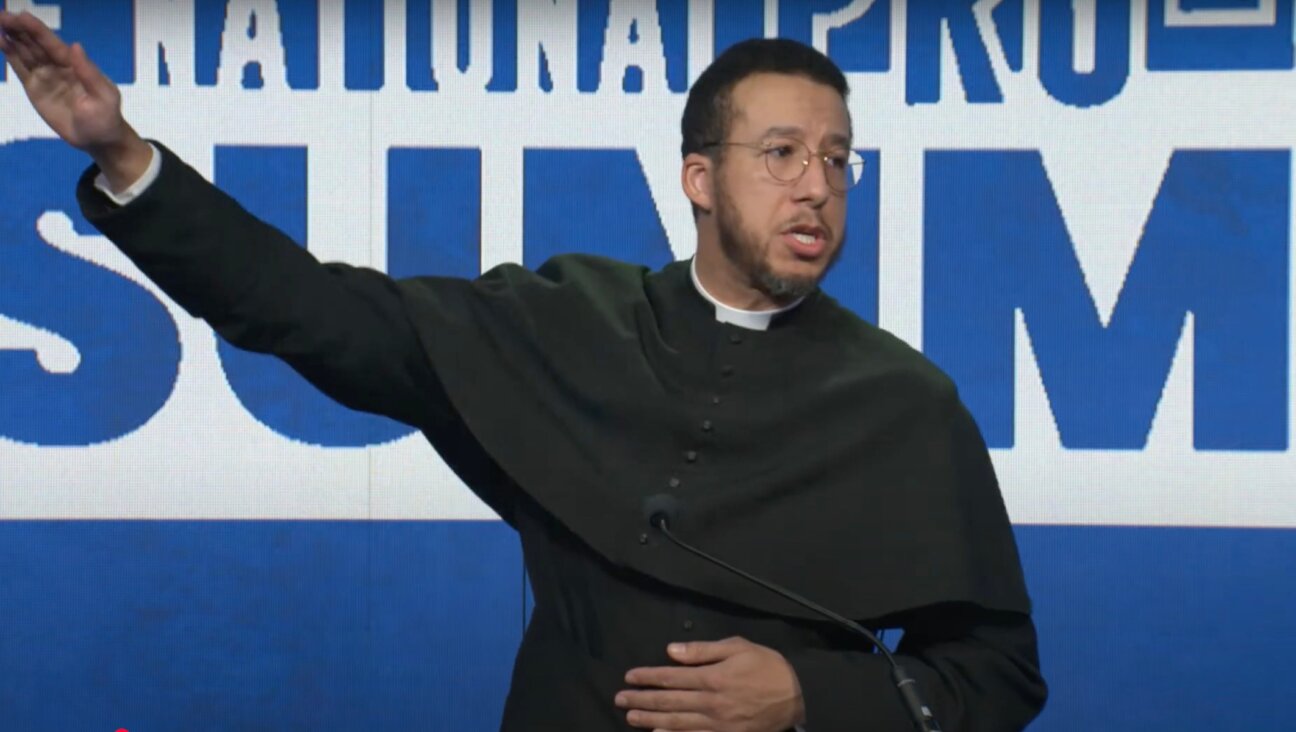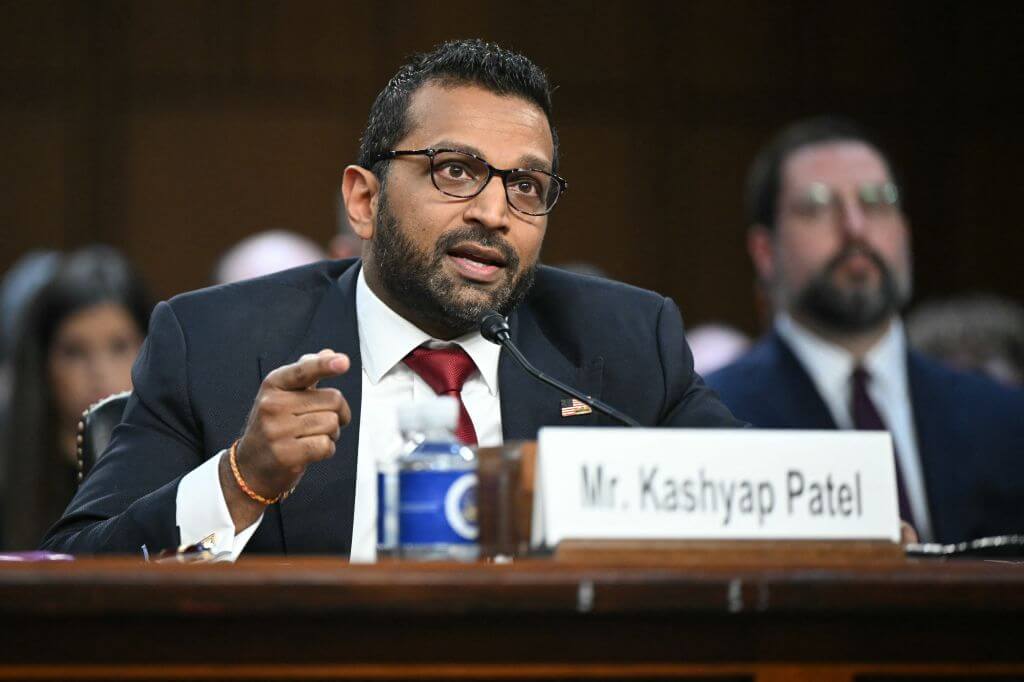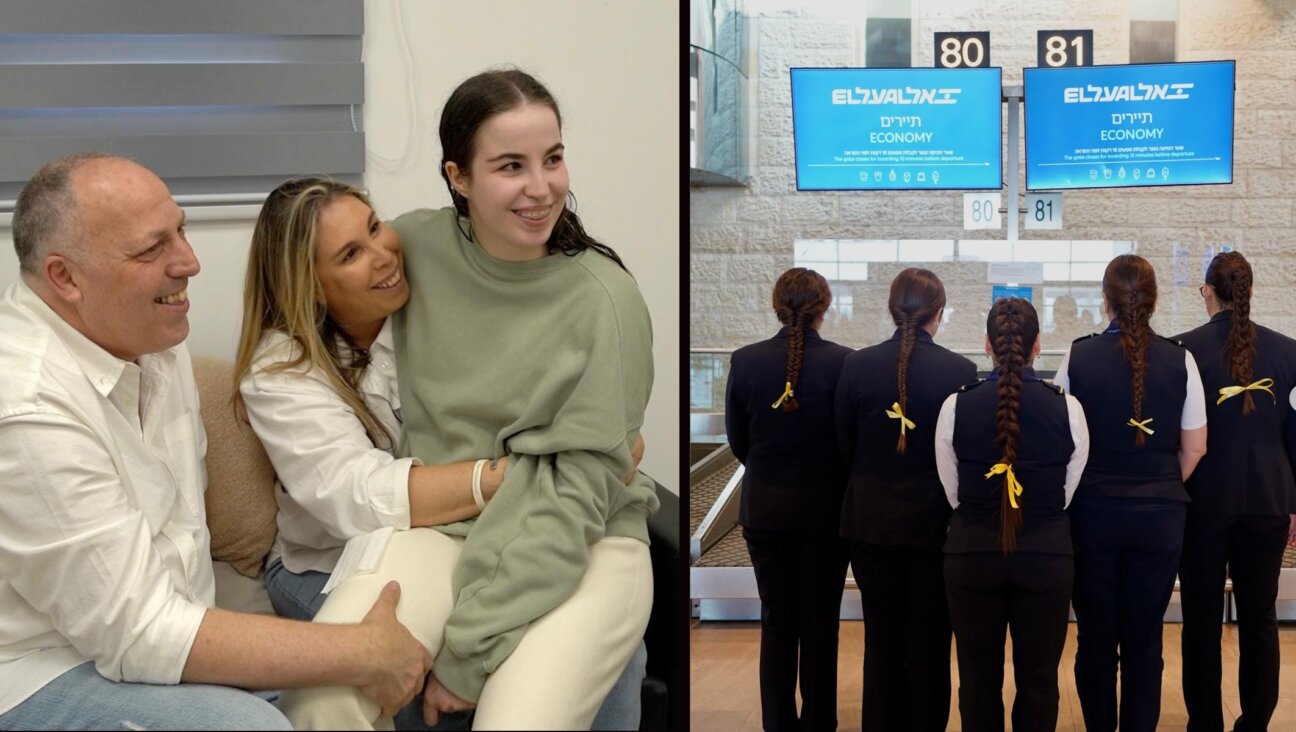Spiritual Pioneers See a Different Shade Of Judaism: Green
I grew up, although I didn’t know it at the time, as an Abraham Joshua Heschel Jew. My spirituality may have been expressed in synagogues, but it wasn’t nourished there; it grew, instead, along backwoods roads, in caves and on cliffs, and along the lakeshore where I grew up in Florida. Those were the places where I felt what Wordsworth called “a motion and spirit that runs through all things,” and where, without words, I had my early acquaintance with God.
Eventually, as Heschel described, I found the Jewish words to articulate my amazement, with theologies, values, norms and ideals. I also became a fervent environmentalist, carrying placards at Earth Day 1990 and getting Columbia University’s kosher cafeteria to recycle its plastic forks. Sometimes I’d get so lost in those ideas that I forgot why I had them in the first place. Sometimes I’d even forget that I’d forgotten. But luckily, there’d always be a hike in the desert, or a summer in the Adirondacks, or something to remind me, wordlessly, why it was I cared. Or there’d be Tu B’Shevat, the “New Year of the Trees,” which falls this week.
Even on a recent meditation retreat, my quieted mind open and sensitive, and working hard on the disciplines of contemplative practice, it was the simple walks along the lake at the Isabella Freedman Jewish Retreat Center in Falls Village, Conn., that rekindled my spiritual fire.
On the other side of that same lake live two groups of Jews for whom the environment is not merely a feature but a primary feature of their religious and political lives. First, there are the participants in Isabella Freedman’s Adamah fellowship, which integrates three months of Jewish learning and working on a functioning organic farm, and then there are those in the Teva Learning Center, which hosts Jewish day school students for experiential environmental education. Taken together, these — along with programs like Hazon, which runs two bicycle rides each year to raise money for environmental causes, environmental education centers at camps and day schools around the country; and the growth in the retreat center phenomenon— make up an emerging trend in Jewish spiritual and communal life that places environmental consciousness at the center of ethical and religious concern. Call it “eco-Judaism.”
“For me, ecology and religion are completely intertwined,” said Sarah Chandler, education director of West End Synagogue in New York City and a “Teva-nik” since 2003. Jewish environmentalism, she continued, is neither a new phenomenon nor one confined to those who like to hike in the woods. “The connection to the land is inherent in Judaism. Because we didn’t have a specific land for a long time, we lost that connection,” she said. “But even if you’re a ‘text person’ and not a ‘nature person,’ you can still find a very good Jewish argument for being an environmentalist.”
Chandler cited biblical and talmudic rules regarding pollution (from tanneries, the dirtiest industry of the time), soil conservation and the blanket prohibition on wasting (bal tashchit) as examples of these norms. Of course, environmental preservation is important for practical reasons alone, regardless of one’s spiritual orientation. We humans depend on the biosphere for our survival, and thousands of plant and animal species have their own value irrespective of our own preferences and needs. Climate change, if the models are correct (and no independent scientist denies that human-caused climate change is indeed occurring), would be a catastrophe almost without precedent: A shift of five degrees in the next century would wipe out most Northeastern deciduous forests, drown island nations, decimate the world’s coral reefs and wreak havoc with microclimates across the globe, including those in Israel.
But, Chandler points out, all these very real issues are often secondary to the religious sense of awe and the Heschelian “radical amazement” that come from observing closely the intricacy and interconnectedness of nature. “Our tradition distinguishes between things that only God can create (borei) from nothing, and things that we can form (yotzer) from something already created,” she said. “Anytime I’m around something that was ‘borei’d,’ I feel closer to God.”
Today, as someone who trains Jewish environmental educators, Chandler stresses the importance of positive experiences. “You can’t just tell people that if they don’t stop gas guzzling, bad things are going to happen,” she said. “That’s fear, and we know it doesn’t work.”
In contrast, religious sensibilities and ethical obligations can arise naturally when we are in the presence of something infinitely complicated, beautiful and larger than ourselves. This is where environmentalism meets religion, where traditional activism meets “earth-based” ritual and “eco-kashrut” (a term coined in the 1970s by Rabbi Zalman Schachter-Shalomi, but developed in the 1980s by Rabbi Arthur Waskow, to include a host of requirements that food be healthy, environmentally sustainable and the like).
Still, with so many other things to worry about — Iran, Iraq, Israel, intermarriage — many Jews see environmental protection as a second-tier political issue, and they would rather shop than hike. Is “eco-Judaism” only for the Teva-wearing fringe?
The Coalition on the Environment and Jewish Life hopes not. The organization, known by the acronym COEJL, is older, and squarer, than most of the “eco-Jewish” crowd — and I think the members like it that way, since it enables them to reach more of the Jewish mainstream. Barbara Lerman-Golomb, executive director of the organization, which was founded in 1993, says that it has “engaged every denomination. We have no intention of being partisan.” Lerman-Golomb says that COEJL tries “to give people actions that they can take, so that you don’t have to feel helpless.”
One of COEJL’s most interesting programs is the Greening Synagogues initiative, in which synagogues commit to taking specific steps in improving their own environmental profile (programmable thermostats, fluorescent bulbs) and to educating their congregants about critical environmental issues and about Jewish teachings regarding preservation of the environment. “We want to get things done,” Lerman-Golomb said. “We are working with a big population, including people who wouldn’t call themselves environmentalists. I don’t want to scare anybody away.”
Not unlike COEJL’s program, Waskow’s Philadelphia-based Shalom Center recently gave its first Green Menorah Award to New York’s Congregation Beth Simchat Torah for that synagogue’s commitment to using renewable energy. (The Green Menorah refers to the menorah’s origin as a sacred tree, and to the Hanukkah story as a model of conservation — “using one day’s oil to meet eight days’ needs,” the Shalom Center Web site says.
Of course, Jews are such a small percentage of the population that even if every synagogue were greened, it would have only a tiny effect on the world. Yet such thinking misses the point, religiously speaking; after all, even if everyone were lying, honesty would still be the right Jewish choice. Changing light bulbs may not sound like a mitzvah, but, as Lerman-Golomb points out, “Judaism prohibits wasteful consumption,” a commandment that obligates every person and Jewish institution, regardless of size. (The cumulative effect can still be significant. According to COEJL, if every American household changed just one conventional bulb to a fluorescent one, the reduction of greenhouse gas emissions would be the same as taking 1.3 million cars off the road.)
What concerns this eco-Jew on Tu B’Shevat is that fighting global warming will require more than changing light bulbs: It will take political muscle to force our leaders to make the kind of large-scale structural changes that are needed. And while Jews generally vote Democratic, the mainstream Jewish political agenda is resolutely focused on Israel — perhaps myopically, since if climate change causes Israel’s deserts to grow, and its coastal areas to be inundated by rising tides, global warming may be as serious a threat to Israel’s survival as Iran.
Moreover, the opportunities for the encounters with the numinous that so inspired me are increasingly threatened in today’s world. Life is noisier, busier and less connected than ever to the realities of nonvirtual life — and of course the threat of climate change means that even our most protected wildernesses may be destroyed. I’m not a fatalist, but especially when I teach high-school students, for whom virtual reality is actually more real than the nonvirtual kind, sometimes I wonder if “nature” as a concept will soon be obsolete.
What gives me hope is how such groups as Teva, Adamah, Hazon and dozens of others are focused on experience — because experience is what counts. One time, when I was coaching a 13-year-old climbing up a rock in Connecticut, the camper was having a lot of trouble at a particular spot, and finally he gave up. “Enough,” he said. “I can’t do it.” The sky was blue, and the air had the kind of warmth we can barely remember in a chilly February. After he took a rest (during which he hung suspended about 20 feet in the air), I encouraged him to try one more time. Somehow, he succeeded — and his life changed. He thought he couldn’t do something, and then he did it. Simple — but transformative.
To me, that’s eco-Judaism in a nutshell: the natural setting, the transformation, the taking of action — and the “spiritual audacity” (Heschel again) to do things that seem quite daunting. Then again, that’s not just Tu B’Shevat — it’s Passover and Shavuot, as well.
A message from our Publisher & CEO Rachel Fishman Feddersen

I hope you appreciated this article. Before you go, I’d like to ask you to please support the Forward’s award-winning, nonprofit journalism so that we can be prepared for whatever news 2025 brings.
At a time when other newsrooms are closing or cutting back, the Forward has removed its paywall and invested additional resources to report on the ground from Israel and around the U.S. on the impact of the war, rising antisemitism and polarized discourse.
Readers like you make it all possible. Support our work by becoming a Forward Member and connect with our journalism and your community.
— Rachel Fishman Feddersen, Publisher and CEO








